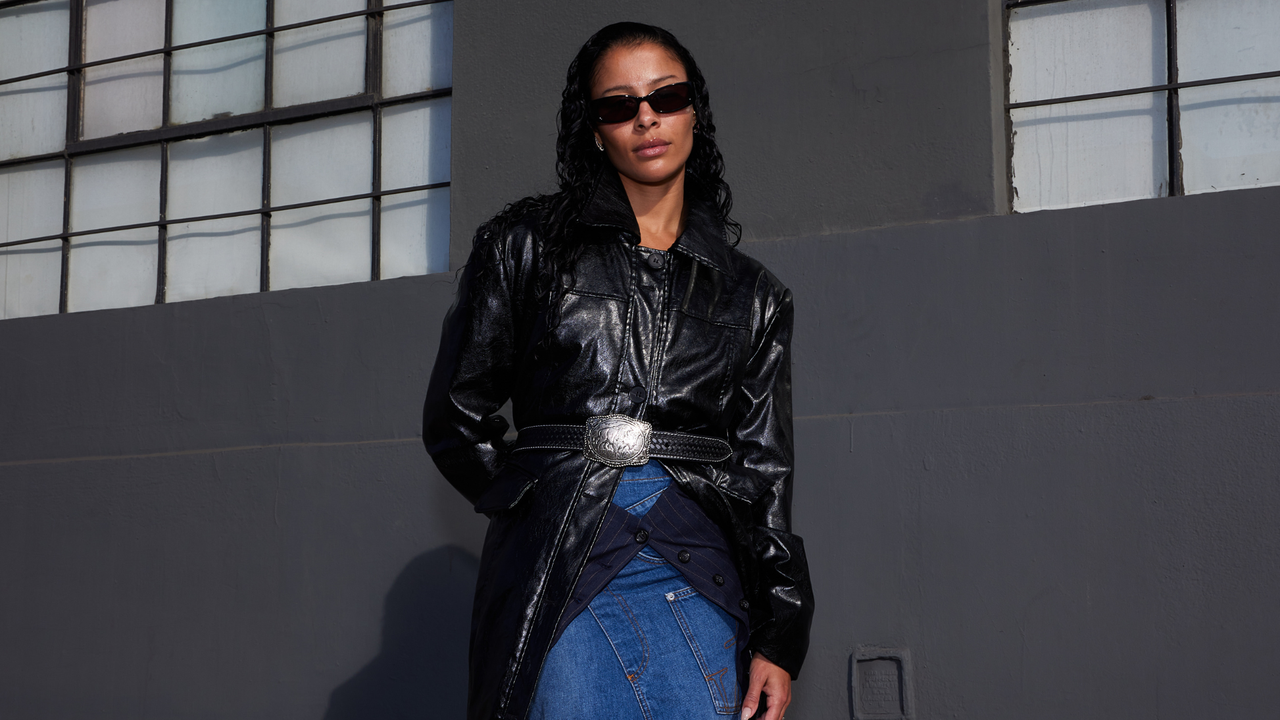Fashion
Here’s Why You Should Know How Circular Fashion Works – V Magazine
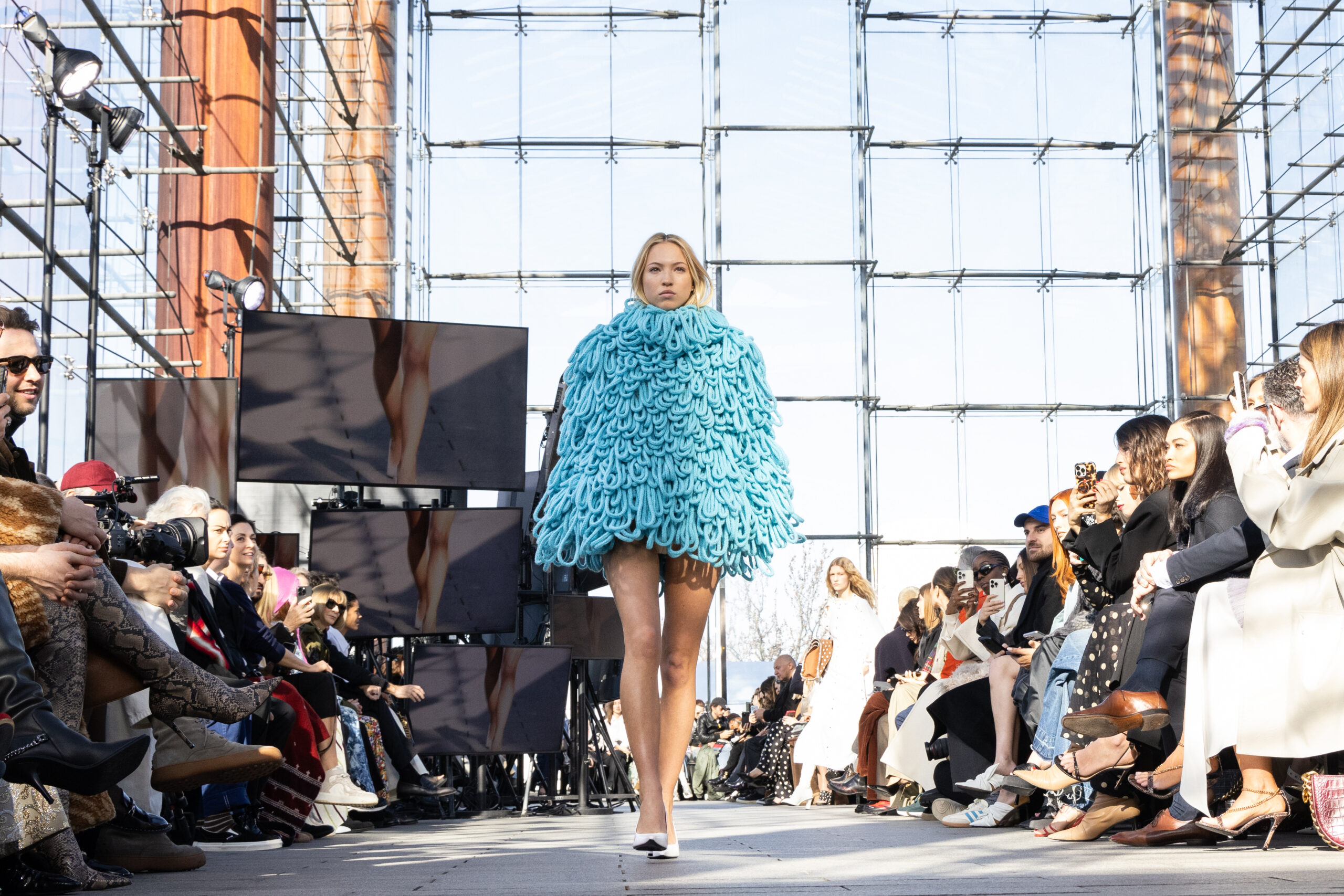
For years, the fashion industry has made seemingly hollow pledges for a more sustainable future. Despite the creation of organizations and committees advocating for greener practices, fast fashion companies persist in profiting from the trend cycle frenzy and consumers’ widespread unawareness.
Who has the time to dive into where the materials in their favorite top are from, the conditions of the people who made it, and its environmental impact once it’s discarded? Most of us will wear a top for a single season, before feeling the urge to reinvent ourselves and start a new wardrobe.
This practice has garnered disapproval for numerous reasons. Picture a landfill brimming with micro tops from Shein and Zara’s trendiest ‘It girl’ dresses. TikTok videos proclaiming, “You NEED this sweater dress from Target,” only for it to end up in a Goodwill bin before the year is out.
Yet, why should a consumer be denied the liberty to explore and experiment with their style? While we all bear a responsibility to protect the planet, isn’t it the corporation’s responsibility to manage how their products impact the environment?
In the U.S. alone, up to 85% of all textiles end up in landfills every year, largely driven by inefficient practices during the product design and development stages. At the same time, global consumption of fashion has increased by 400%, while overall usage of products has dropped by about 40%.
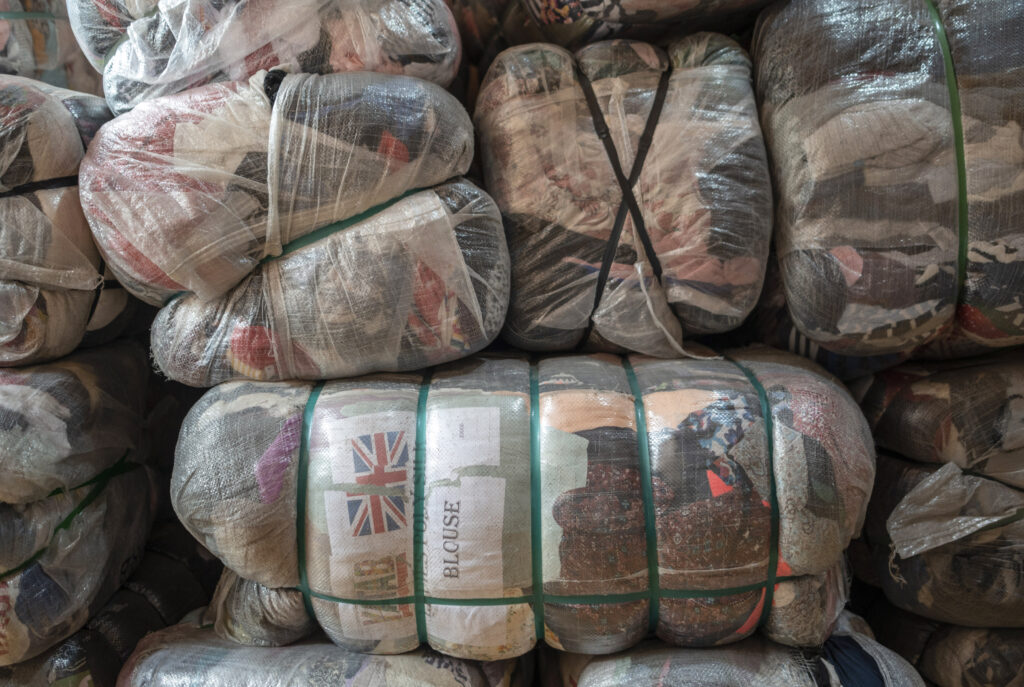
Nevertheless, certain figures in the fashion industry are taking steps towards establishing a more circular business model, as circular fashion entails establishing a closed-loop system where materials and products are consistently reused or recycled, aiming to minimize waste and promote sustainability.
A leading figure in fashion circularity is Stella McCartney. Her label emphasizes sustainable materials, circular design principles, closed-loop systems, and policy advocacy. Her brand incorporates organic and recycled materials, designs for longevity and recyclability, and promotes repairing and upcycling clothes. While Stella McCartney stands as an industry leader, consumers also have to grapple with deceptive tactics like greenwashing, which mislead them into believing that their favorite fast fashion brands are practicing sustainability.
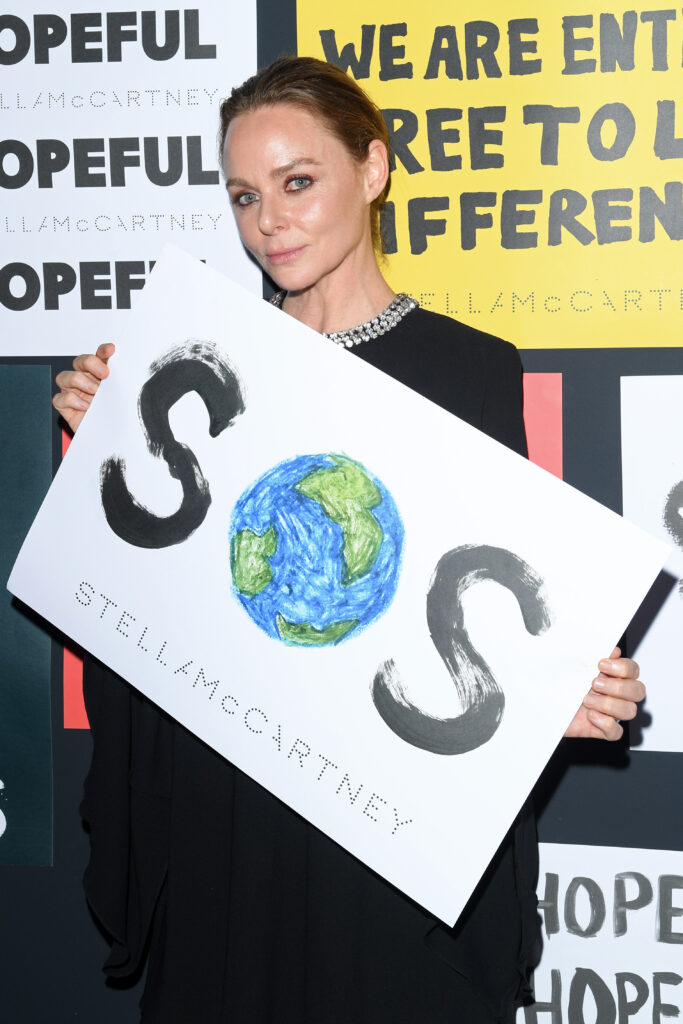
In 2019, the Norwegian Consumer Authority (CA) criticized H&M for its lack of transparency regarding the environmental benefits of its Conscious Collection, highlighting concerns about potential greenwashing in its marketing. The CA argued that without clear information, consumers might have been misled into believing H&M’s products were more sustainable than they actually were. H&M responded by expressing willingness to enhance communication with consumers based on the CA’s feedback.
H&M’s marketing continued to be ambiguous, especially concerning the term “conscious,” lacking clarity on what sustainability meant for its products. This lack of clarity extended to H&M’s annual Sustainability Report, leaving consumers uncertain about the true environmental impact of their purchases. Gen Z is battling this deception by abandoning buying new clothes altogether, leading to the rise of second-hand fashion. Through online communities and apps such as Depop, Thredup, and even luxury retailer The RealReal, Gen Z has a new way of shopping.
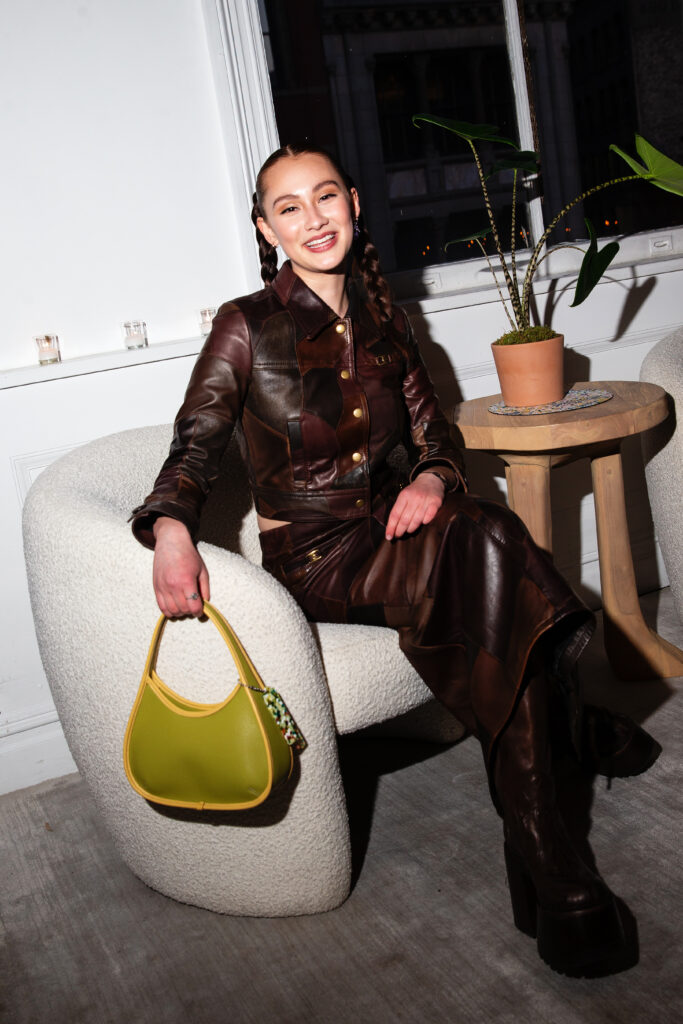
By 2027, the second-hand resale market will be worth $370 billion. The emergence of online second-hand shopping platforms has squashed the uncertainty of second-hand shopping (think digging through donation bins for something decent), making it a thing of the past. Now, it’s a curated experience, giving you the option to filter products to your desire, even down to size and brand.
For those who still need convincing with the idea of second-hand and prefer to be the first owners of their products, the search for a more sustainable option continues. Amidst a complex landscape where genuine sustainability efforts and deceptive practices intermingle, consumers approach with skepticism. What better way to address this problem than to invite consumers into your process, showing exactly how their clothes are being made? That’s when Coach’s innovative subbrand, Coachtopia, emerges as a beacon of change, offering consumers unprecedented insight into product creation and lifecycle.
Coachtopia, launched in 2023 and created with Gen Z in mind, focuses on circular craft and collaborative creativity, aiming to drive the brand’s progress toward a fully circular business model. The brand aims to reduce the creation of new materials by crafting with waste and designing products that can be reimagined, remade, and recycled to live multiple lives.
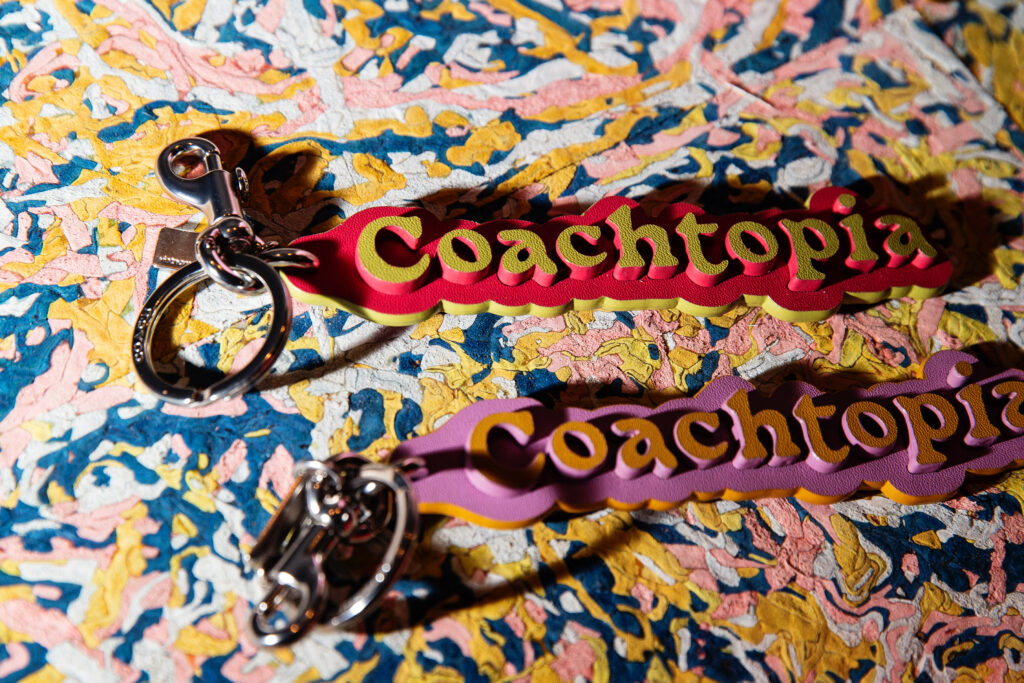
In their new initiative, The Road to Circularity docuseries, Coachtopia invites a global audience to explore breakthroughs in sustainable fashion practices and pave the way for a circular future. In the debut episode, “Crafting from Leftovers,” we accompany Aditi Mayer, a sustainable fashion influencer, on a trip to Chennai, India. Here, she explores KH Exports, a longstanding leather manufacturer in partnership with Coach since 1987.
Tasked by Coachtopia, KH Exports is reimagining Coach’s surplus leather as a fresh raw material. Mayer delves into KH’s meticulous processes, from sorting scraps in their “leather scrap yard” to prototyping, material design, and production. Alongside, she uncovers the personal narratives of the community of artisans and innovators tackling these challenges with fervor and creativity.
In her exploration, Mayer unveils the innovative techniques behind Coachtopia’s Upcrushed™ Upcrafted Leather. This process ingeniously transforms irregular leather remnants into exquisite, suede-like materials using heat and pressure, each boasting a distinctive pattern and texture. She also highlights the need for brands and consumers to reassess conventional beliefs, such as the pursuit of ‘perfection’ in fashion.
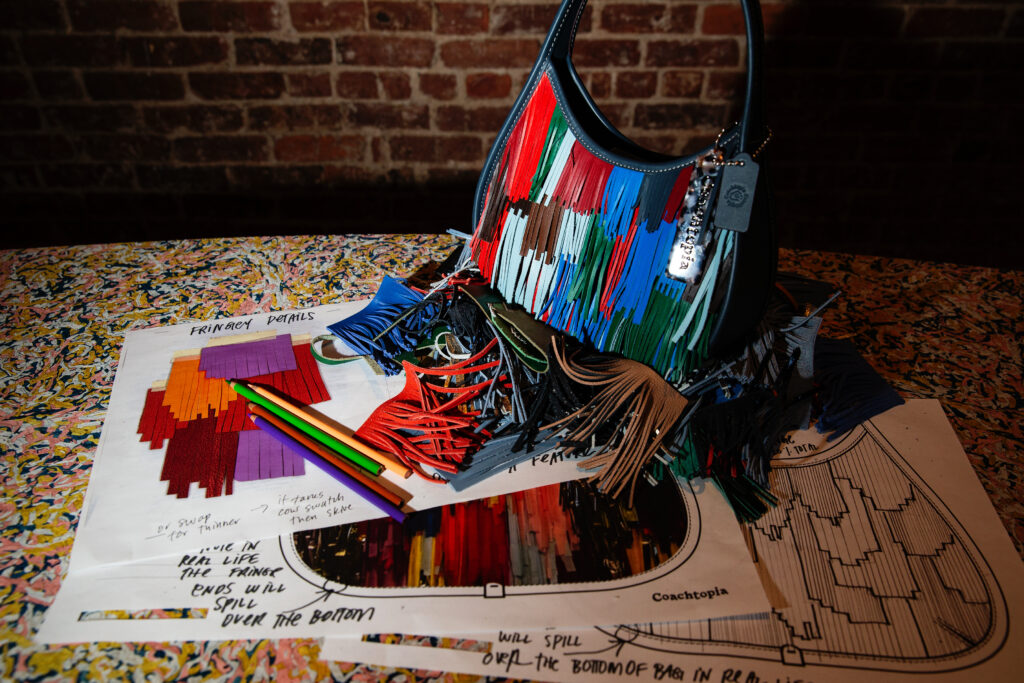
“It’s startling to think that, because of our cultural mindset around perfection, the natural grain of leather can be seen as a defect, leading to more waste,” reflects Mayer in a conversation with KH’s production team. “It makes me realize that circularity is not just about changing the way we make, but changing the way we think.” As a new, more sustainable generation gains economic influence, brands that prioritize sustainability will undoubtedly thrive. Coach’s Coachtopia docuseries is not just a showcase of their commitment to sustainability—it’s a testament to the industry-wide shift towards a more eco-conscious future.
Catch the premiere episode of Coach’s fresh Coachtopia documentary series in its entirety right, HERE.




